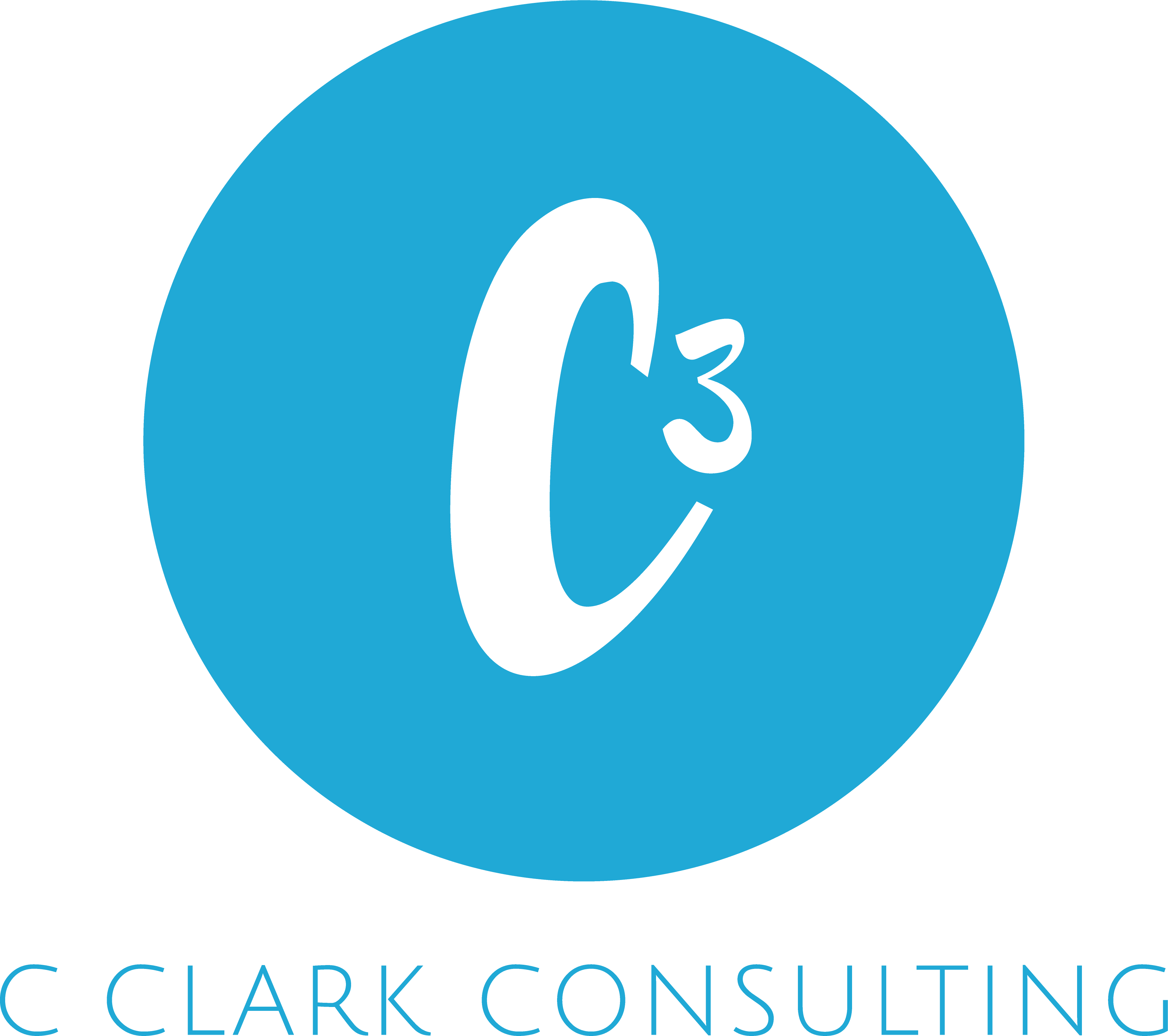Before Google and social media, the marketing strategy was to spread the word about products and services through what is now known as traditional methods or outbound marketing. These outbound techniques included things like trade shows, radio ads, TV commercials and telemarketing. While these techniques were great at generating leads for companies at one point, that’s no longer the case more often than not.
Buying Has Changed
In the 90’s, you could buy email lists and send thousands of emails to people who had no idea who you were, and it worked well. Now, the CAN-SPAM Act has been implemented to protect people from getting unsolicited messages. It’s important that when you possess an email address, you have permission to use it. (Stay tuned for our future blog, Best Practices for Building an Email List).
With social media becoming a more significant part of our lives as we speak, consumers are leaning on it more and more to help make their buying decisions. They’re following companies and thought leaders to experience their brand and opinions, and to see what others who have used their product and service are saying. They’re asking their friends “who’s the best place in town to get a custom cake?”, “which daycare is the best and has openings?” and so much more. Several generations have turned to social media for guidance when making small and major purchases.
Not only is there social media, but there’s Google now. Google is the king of search and if you’re company isn’t showing on Google search results, whether it be on maps, images, videos, etc., chances are that you’re probably missing out on the bigger piece of the pie that your competition is getting.
Ditch Your Old Marketing Strategy
When is the last time that you sat down and evaluated your marketing plan? Better yet, when is the last time you sat down and looked at your return on investment for all of your marketing efforts? Can you tell how many leads you get or that you convert to sales? Does you current strategy give your website visitors what they want or does it just say want you want to tell them? If you answered no at any point and that you just push information out, you have a serious problem and need to start addressing it now.
Addressing Your Problem with Inbound Marketing
While it may be appropriate to use some more traditional marketing techniques in some cases, I’m willing to bet that if you use inbound marketing to fuel your marketing efforts, you’ll not only increase your traffic, but you’ll increase your leads and sales as well as improve your cost per lead.
Did you know that 85% of companies using inbound marketing increase traffic within 7 months?
What Inbound Marketing Is
Inbound marketing is a more effective way to put information in front of people that want to engage with your brand. It is being helpful to those people by providing them with relevant information that enables them to navigate through the buying journey. The way that people want to engage with your business has changed and now, more than ever, inbound marketing is proving to be a way to not only get them to engage positively with your business but to surpass their customer experience expectations.
In order to surpass consumer expectations, there are four phases to inbound marketing that make up the inbound methodology, in which you must implement. When used correctly, you’ll have a competitive advantage like never before.
1.Attract
Unlike outbound marketing where you send messages in the masses to whomever will listen, you want to be strategic in who you attract to your website. You want to make sure that the people that are coming to the site are people who will most likely turn into leads.
In order to attract people to your website, there are several techniques that can be used. The most important aspect to attracting visitors is having a content strategy. Without a content strategy, you’ll be throwing content in the air and hoping it sticks.
In a study done by Smart Insights, 49% of companies have no strategy.
Don’t be one of those companies. Put a strategy in place, make sure you have a process in place for measuring its effectiveness and be prepared to evolve the strategy as marketing trends change all the time. Some things you will want to include in your strategy are blogging, search engine optimization (SEO) and social media.
Blogging is the best way to increase traffic with SEO coming in second.
2. Convert
You can’t put content on your site and expect the phone to ring with new business. You’ll have to engage your visitors in order to make them leads. Engage visitors by using forms, setting up video meetings and chatting via a messenger. Keep them engaged in conversation and be sure to have a tool in place like a CRM that allows you to track that engagement.
3.Close
Once you have converted a visitor to a lead, you have to transform them to a customer. As you produce more content, the content should speak to their interests and lifecycle stage so that you can nurture them. Staying relevant helps you win the customer faster. You can also use email to help nurture you leads.
As you get leads, they will be in different stages of the buying journey, so you’ll have to use a tool that allows you to manage your pipeline in all these different stages. Once captured in your pipeline, you can score them based on how likely they are to close. This information will help you predict future sales and qualify leads better.
4.Delight
Remember how we talked about surpassing their expectations with their customer experience? This is where you do that. Delighting the customer is key to keeping them coming back and getting them to tell your friends about you. Keep conversations going with them, create a community for them to show that they’re your biggest fan and put smart content in front of them. Just because they bought from you, doesn’t mean your work is over. Stay connected!
If you’d like to have us take a look at your current marketing strategy, take advantage of our free marketing audit. We’ll sit down and review your online presence and provide recommendations for how you can enhance your marketing by implementing the inbound marketing methodology.

